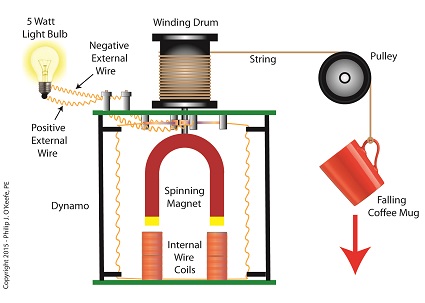A Biased View of Electricity and Atomic Structure - HowStuffWorks

Getting The How the human body uses electricity - University of Maryland To Work
Alessandro Volta's battery: a stack of zinc and silver sheets interspersed with fabric or paper soaked in saltwater. Imagine utilizing that to power your phone. Image source: Luigi Chiesa/ Wikimedia Commons. Volta likewise found that by utilizing different metals in the stack, the amount of voltage might be increased.



It was a quite big offer (Napoleon was fairly amazed!) and his invention earned him sustained acknowledgment in the honour of the 'volt' (a measure of electrical potential) being called after him. This Website , joking aside, am impressed how my old and new discoveries of ... pure and basic electrical energy brought on by the contact of metals, could have produced so much excitement.
This is referred to as electrochemistry and the system that underpins a battery is called an electrochemical cell. A battery can be made up of one or a number of (like in Volta's original pile) electrochemical cells. Each electrochemical cell consists of 2 electrodes separated by an electrolyte. So where does an electrochemical cell get its electrical energy from? To address this question, we need to understand what electricity is.
Top Guidelines Of electricity - National Geographic Society
In an electrochemical cell, electrons are produced by a chain reaction that happens at one electrode (more about electrodes listed below!) and after that they stream over to the other electrode where they are used up. To understand this effectively, we need to have a better look at the cell's components, and how they are assembled.
These are the cell's electrodes. The electrons circulation from one electrode called the anode (or negative electrode) to another electrode called the cathode (the favorable electrode). These are usually different types of metals or other chemical substances. In Volta's stack, the anode was the zinc, from which electrons streamed through the wire (when linked) to the silver, which was the battery's cathode.
However where does the anode get all these electrons from in the first place? And why are they so happy to be sent off on their merry way over to the cathode? Everything comes down to the chemistry that's going on inside the cell. There are a number of chemical reactions going on that we need to comprehend.
UNDER MAINTENANCE